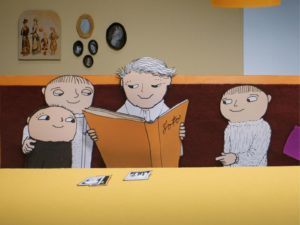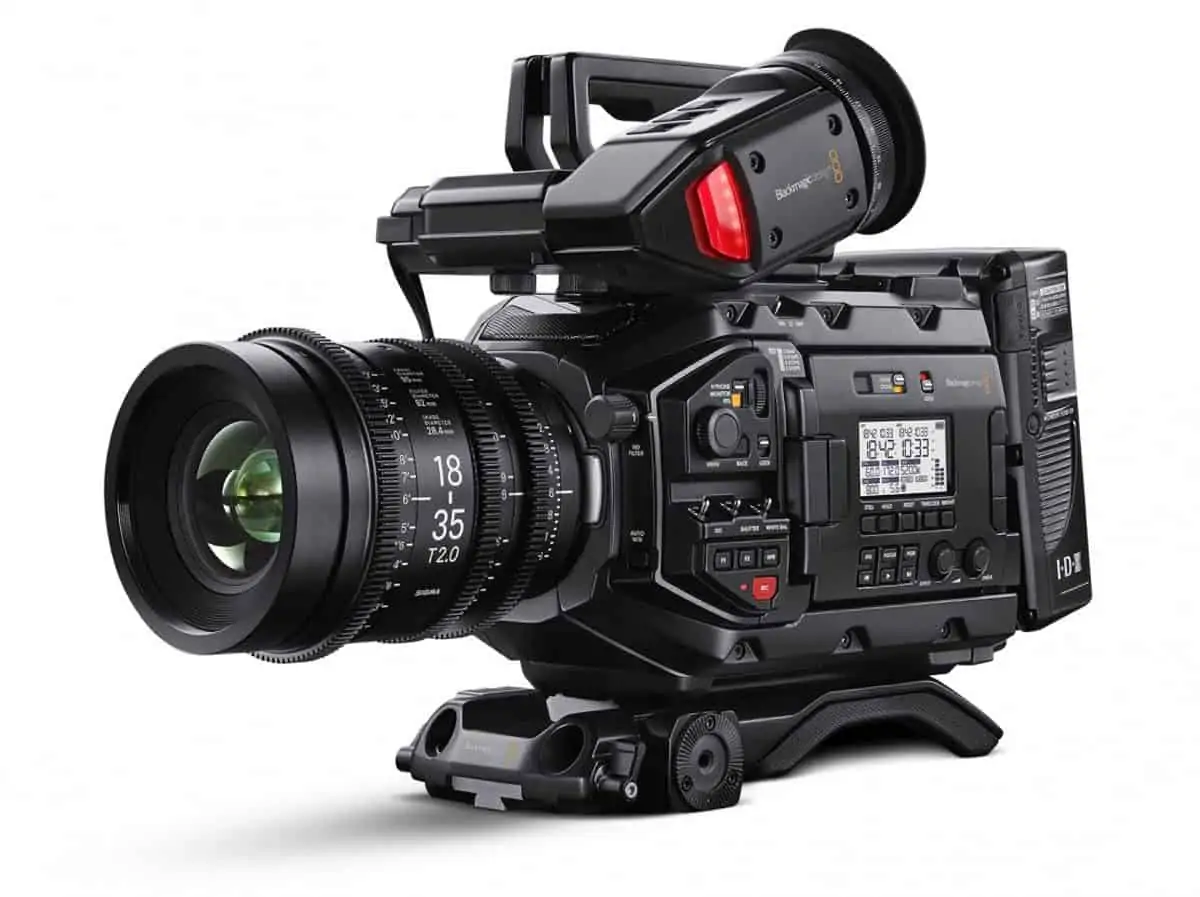
From blockbusters to independent animation films, editor turned director Tomas Alfredson used a global pandemic to pursue an ambitious passion project.
Best known for directing the Oscar-nominated Tinker Tailor Soldier Spy, Alfredson sought a new challenge with Bara knyt, Alfons! by almost single handily producing an adaption of the famous Swedish children’s book character Alfons Åberg (Alfie Atkins).
Created by the late author Gunilla Bergström in the 1970s and adored by fans, the fictional character has since become symbolic in Scandinavian children’s literature. Alfredson said: “I am too old to have read these stories as a child, but I have three children who’ve all grown up with these stories.
“You quickly notice that the kids really engage with the story and characters. I have often asked myself, what makes them a classic? Why do children lean in, wanting to know what happens in the next beat?
And with the onset of COVID, Alfredson took the opportunity to explore those questions further. To help, he put together a small team of collaborators, utilising their skills and knowledge to implement a production workflow capable of realizing his creative vision.
Having started his career as an editor, Alfredson has always preferred simplicity in his production workflow and was intrigued by the idea of using one codec for both acquisition and post.
Maintaining a long-standing relationship with Bergström before her passing, much of the feature’s final look draws on the creative intent of the illustrations in Bergström’s books. Although a previous film adaptation of the book was released in 2013, his vision focused on stripping back the cinematography.
“The project’s production workflow was designed around Blackmagic RAW. We rigged a single Pocket Cinema Camera 6K so that we could mount a long lens and used an Edelkrone slider to control the camera’s movement. The rushes were then offloaded from the SSD into DaVinci Resolve.”
Put together in three half-hour mini features for a theatrical release, Alfredson broke the film into ten 12-minute episodes, which allowed for a more streamlined cutting process. The ultimate goal was to keep the production and post-production process as simple as possible.

While Alfredson directed and edited the feature, he turned to Simon Rudholm (DP), Casper Ehrenborg (VFX), and colourist Mats Holmgren of Edisen. The ease of the DaVinci Resolve workflow allowed them to collaborate seamlessly, helping to keep project management fluid.
“Once we had an initial cut locked off, Edisen would begin work on the grade. I was then able to fine-tune the edit during the review process while the grade was in progress.”
When it came to compositing the visual effects, Alfredson brought in Casper Ehrenborg. Having never used Fusion Studio previously, Ehrenborg was testing new waters with Bara knyt, Alfons!.
Provided with a brief and his own love for the books as a child, Ehrenborg set out to finish the features VFX. This included retouching, compositing and 2D animations. “The approach worked well,” commented Ehrenborg. “The workflow and structure made it quick and easy for me to add a VFX shot while Tomas was editing. That ability to collaborate on the same project simultaneously saved a considerable amount of time. For example, a scene didn’t have to be complete for me to begin working on the VFX,” he continues.
Alfredson sought to provide Holmgren with as much creative inspiration as possible when it came to the grade. By providing high-quality scans of the original illustrations, Alfredson could direct him with accurate colour swatches for the grade.
With that said, the grade did not come without its challenges. As the original books included basic illustrations with a lot of white space, Holmgren needed to ensure the feature was visually engaging enough for children while maintaining the original books’ aesthetic.
“One of our biggest problems was the white background included in the original illustrations. We decided to avoid this by creating a colour we call ‘Alfie white’, which was a mixture of about 30-40% grey but ensured there was still subtleness in the background,” explains Alfredson. “Ultimately, we had to modify things here and there, but we have been very true to the original material.”
Holmgren was responsible for the entire grade of the feature. Mastered as a 4K DCP in SDR, the decision to acquire in 6K means there is scope to remaster for HDR in the future.
A particular highlight of working on the production for Holmgren was the imaginative cinematography. “We used flashlights to create the effect of day and night and whimsical transitions between scenes,” he explains. “What I found most unique and special about the production was the use of vibrant textures, depth and light. The materials used in the scenes were real; you could physically touch them.”
“I’ve worked across multiple genres, including comedy, thriller and horror, yet the most interesting aspect, and challenge, I’ve faced is the storytelling,” reflected Alfredson. “Alfons Åberg is a unique challenge because you’re required to ignite the imagination of toddlers largely through visual storytelling, and that’s a craft.”
“Having embraced a Blackmagic workflow, the images have never left the chain from shoot to edit to grade, and it has all worked beyond my expectations.”
Bara knyt, Alfons! is in cinemas across Scandinavia now.












